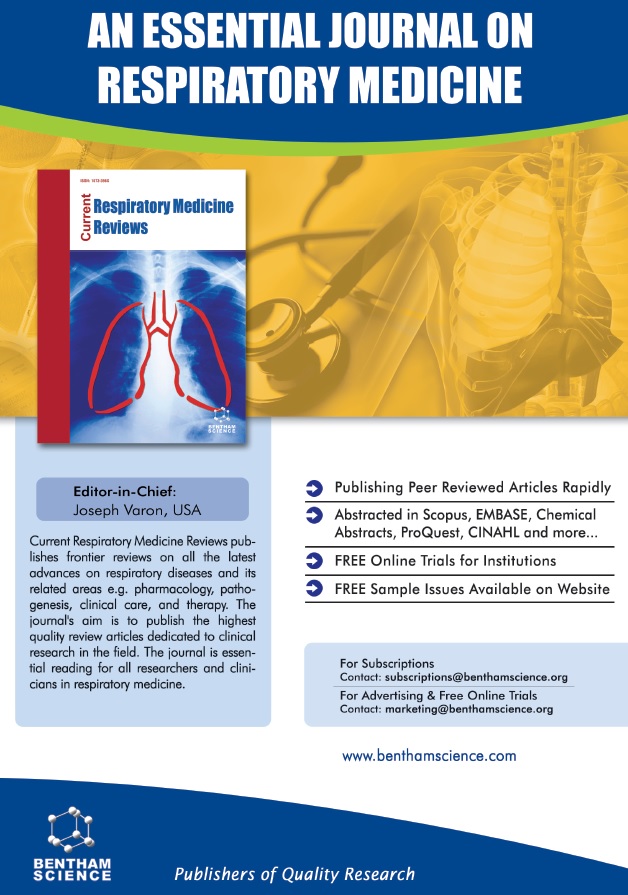On
December 2nd, Paris, Madrid, Mexico City and Athens pledged to remove
diesel vehicles from their roads by 2025. This unprecedented action will
have a lasting impact on improving air quality and protecting the
health of residents.
The mayors of Paris, Mexico City, Madrid and Athens say they are implementing the ban to improve air quality.
They say they will give incentives for alternative vehicle use and promote walking and cycling.
The commitments were made in Mexico at a biennial meeting of city leaders.
The
use of diesel in transport has come under increasing scrutiny in recent
years, as concerns about its impact on air quality have grown. The
World Health Organization (WHO) says that around three million deaths every year are linked to exposure to outdoor air pollution.
The respiratory tract is the portal of entry of air pollutants, and thus
the lung is the first organ affected. The range of respiratory diseases
that can be caused by air pollution exposure is large. Studies on the
health impacts of air pollution differentiate between acute and chronic
effects. The acute effects of pollution may be apparent within hours or
days of exposure, but other health effects of air pollution result from
long-term exposure, leading to chronic disease.





